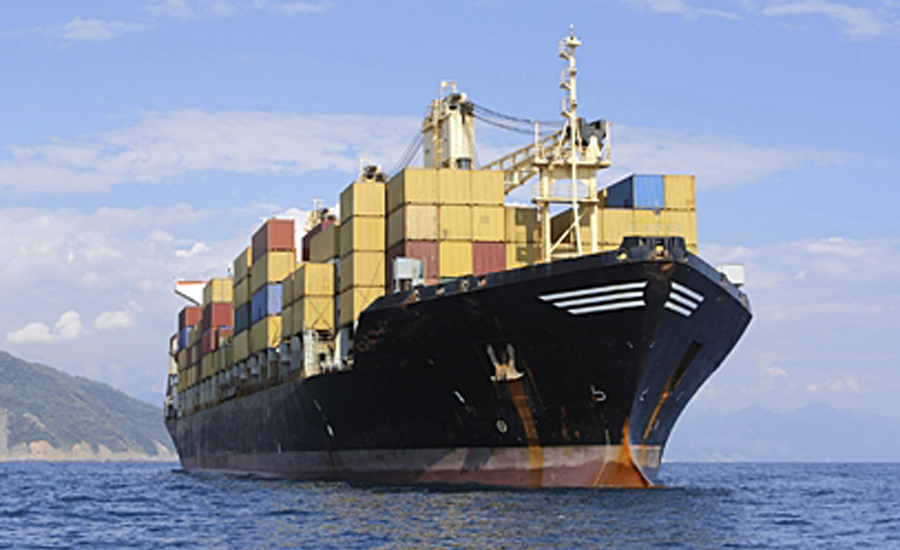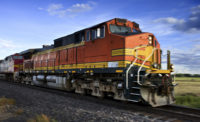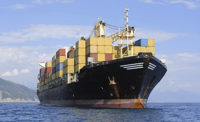Over the next three years, researchers at the University of Arkansas, Fayetteville, Ark., will use a $1.5 million award from the U.S. Department of Transportation Maritime Administration, Washington, D.C., to develop TransMap, the Transportation and Maritime Analytics Partnerships Hub. The research will include new systems and technologies made possible by the Internet of Things (IoT) to ensure a reliable and efficient transportation network, including roads and highways, rail lines and waterways.
TransMap will leverage big data to provide real-time, interactive maps and other geospatial data to help government agencies and the industry plan, build and maintain transportation infrastructure.
“Efficient, resilient and sustainable multimodal transportation is a national priority,” says Heather Nachtmann, professor of industrial engineering and director of the U of A-led Maritime Transportation Research and Education Center, or MarTREC. “Forward-thinking policymakers understand that we must rely on large-scale datasets, which already exist, to meet the challenges of our nation’s complex and ever-changing transportation system.”
Nachtmann and colleagues Justin Chimka and Chase Rainwater, associate professors of industrial engineering; Jackson Cothren, professor of geosciences and director of the Center for Advanced Spatial Technologies; and Jim Kruse, director of the Center for Ports & Waterways at Texas A&M Transportation Institute, College Station, Texas, will exploit existing smart technologies and software to develop a new, integrated system that will capture, curate and disseminate high volumes of data in visual format. TransMap will be a “visual decision space,” an interactive map and decision-support tool that will help transportation officials plan and manage infrastructure, while also giving ordinary citizens a powerful tool to efficiently evaluate increasingly complex transportation networks.
“The role of visual realism in communicating and understanding spatial change and process is critical in making good decisions about building, managing and maintaining transportation infrastructure,” Nachtmann says.


